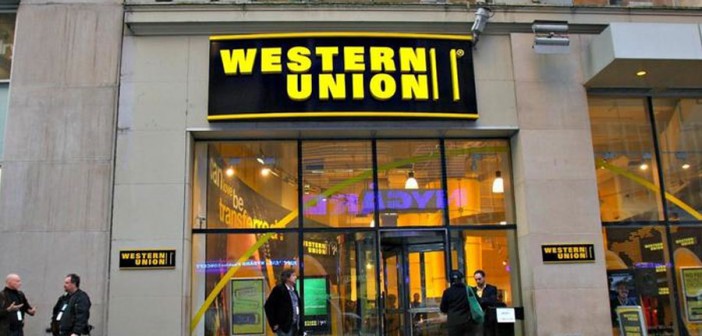Financial services company’s CMO shares its new brand strategy, the role of social in listening to the customer, and digital disruption
It’s not easy keeping a 160-year-old brand invigorated, especially when that brand plays in a market as hotly contested as financial services. But for global money transfer service, Western Union, new concepts and technologies such as social media and the mobile Internet have been readily harnessed to expand its core mission of moving money around the world.
The company today operates in more than 200 countries from over 500,000 retail locations and 100,000 ATMs and kiosks, as well as integrating directly with bank accounts and mobile wallet applications.
Much of its work is in facilitating payments between family members, such as expatriate workers in one country sending money to relatives in another. Recent years have delivered huge growth from emerging markets, which has been made possible in part through their rapid uptake of social and mobile technology.
“We are servicing everything from big developers to huge NGOs like Save the Children, who are trying to get money to the borders of Syria,” says Diane Scott, Western Union’s chief marketing officer. “And for all of it, the voice of the customer has always been very inherent to what we do. And that voice of customer is about how we take the friction out of cross-border money movements.”
Scott is fascinated by the human aspects of working in marketing for a company that operates in so many corners of the world. While she says it is easy to spot the differences between how markets and territories operate, it is the similarities that can yield the greatest insights.
“And that to me is when you get to human truths, which is honestly the bigger and more powerful breakthrough stuff, which gets exciting,” she says.
Some of that thinking is represented in Western Union’s new branding campaign, based around the brand as ‘WU’, which is being promoted through digital channels.
“When you are 160 years young, the one thing you find is that people think they know your brand, when actually they really might not,” Scott says. “For us, at the core we’re about moving money for better. And what we wanted to do was bring a bold and fresh approach about how that brand could be viewed that really went to our next audiences – not just the people who know us very well – so talking more to those more digital or tech savvy audiences.”
Social momentum
The rapid uptake of mobile technology in Asia and Africa in particular has presented new channels for customers to transact, and for Western Union to market to them.
The company has successfully adopted social media as a means of keeping engaged with clients in between their transactions, which might take place between six to 12 times each year. Earlier this decade, the company had a few hundred thousand followers, but that number has swelled to more than 6.5 million.
The social strategy has been based around the concept that many of Western Union’s core customers are what it labels ‘dual belongers’, where their heart and home belongs in two places at once.
“By understanding that and why people send money, you begin to really unpack the emotive side of what they are doing,” Scott says. “Social and mobile have been great avenues to allow us to really tap that insight with our customers. It has opened up whole new avenues for us to be able to communicate in these in-between times and really connect with them.”
As a result, Scott says engagement scores for Western Union are well over 8 per cent globally, rising to 10 per cent for its diaspora-based communities.
“Most global financial institutions are well under 1 per cent, so it begins to show that our customers are wanting and willing to engage with us in different ways than they might be with their traditional financial institutions,” she says. “Mobile and social are like the best friends you could imagine for Western Union for customer segments because they allow us to do so much more.”
Western Union has also deployed a new loyalty program, called My WU, to more than 80 countries and territories, which includes a mobile portal.
“The amount of people that actually access the program through their mobile device is upwards of 40 per cent,” Scott says. “People are really engaging to a tremendous extend, and are spending a lot more time with the program, which means we usually have higher returns.”
Disrupting yourself
With such a massive distribution network and customer base, Scott see great opportunity for Western Union to make greater use of its data assets, and is using Cloudera Hadoop to mine for insights within its customer data.
It’s a long way from a company that began its life in the 19th century sending telegraphs across the United States.
“What we found is true leaders actually disrupt themselves,” Scott says. “And we are a brand that has done that since the beginning of time. When I look at how we have expanded from being a cash retail business to now servicing small and large businesses around the globe, into accounts and cash and mobile wallets, we have been disrupting ourselves for quite some time in a really good way – it is to continue to meet the customer’s needs to create a more frictionless world for cross border money movement, which isn’t easy.”


